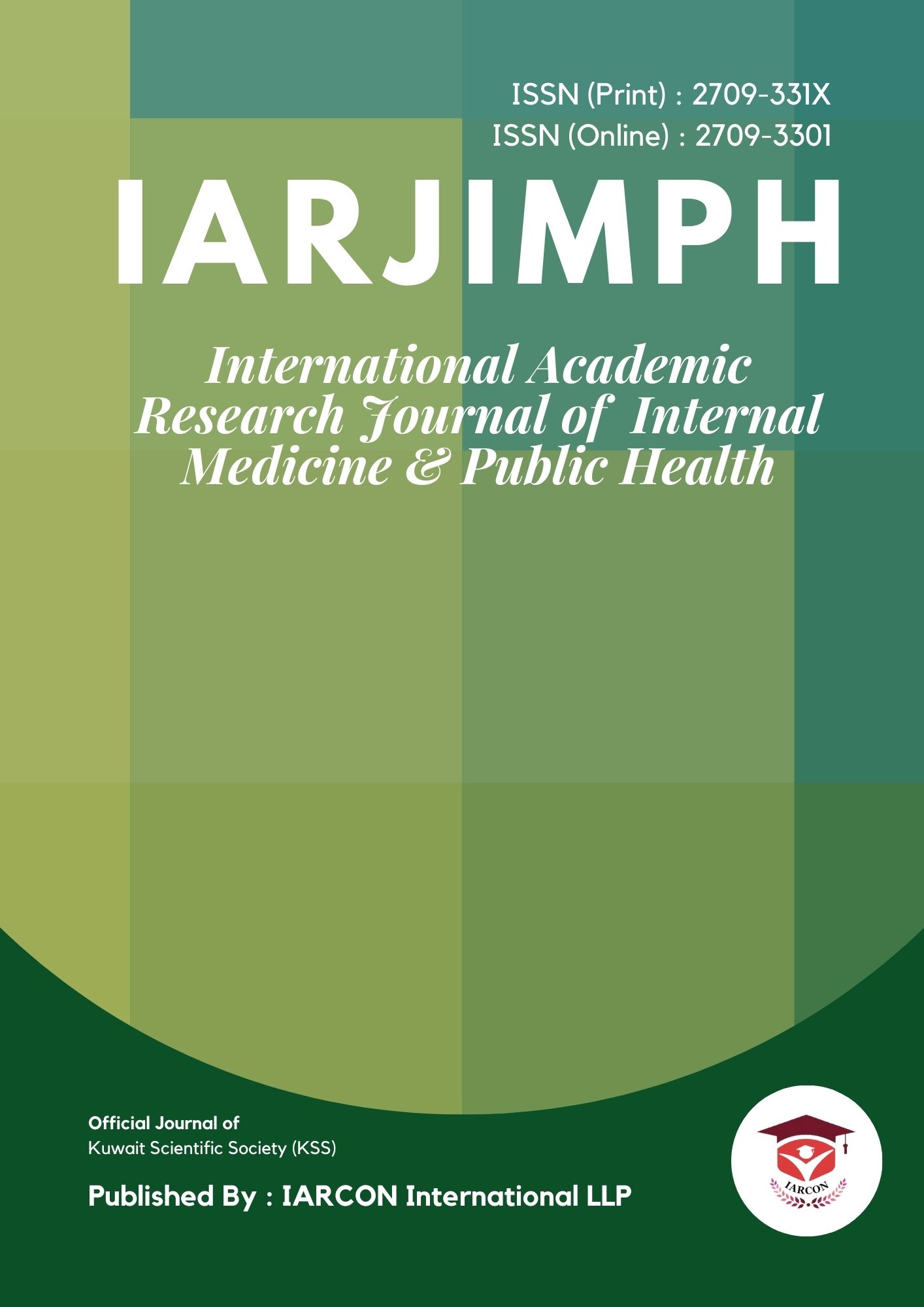Imaging Evaluation of Ultrasonography Versus Magnetic Resonance,
Imaging in Diagnosis of Carpal Tunnel Syndrome among Female Patients with Positive Nerve Conduction Study
It is still not known exactly whether neuropathy develops as a result of intermittent mechanical compression or as a result of vascular compromise due to a rise in intracranial pressure; perhaps both are responsible for the progression of CTS. Vascular compromise seems to occur in three stages:
1) venous congestion, 2) nerve edema, and 3) impairment of the venous-arterial blood supplies. Researchers in recent studies evaluated the blood flow in the median nerve and emphasized the vascular cause of CTS.
Materials and Methods: A prospective cross-sectional study was employed at Al-Sadir Medical city in Al- Najaf health directorate, for the period between March 2011 and January 2013, on (30) female patients with unilateral or bilateral carpal tunnel syndrome (CTS).
The Aim of The Present Study: 1. Using clinical examination and nerve conduction study (NCS) as the gold standard, evaluate the diagnostic usefulness of high-resolution ultrasound (HRUS) and magnetic resonance imaging (MRI) in patients with idiopathic conduction thrombosis (CTS). 2: To evaluate HRUS and MRI for CTS diagnosis compared to the NCS, the gold standard.
Conclusion: The Median nerve (MN) is easily visualized, and the cross sectional area (CSA) of the nerve can be measured at the level of pisiform bone using high resolution ultrasonography (HRUS). The ultrasonographic measurement of the MN is a useful non-invasive, sensitive, and specific method for the diagnosis of carpal tunnel syndrome.HRUS is a reliable test in assessing the severity of carpal tunnel syndrome (CTS).

